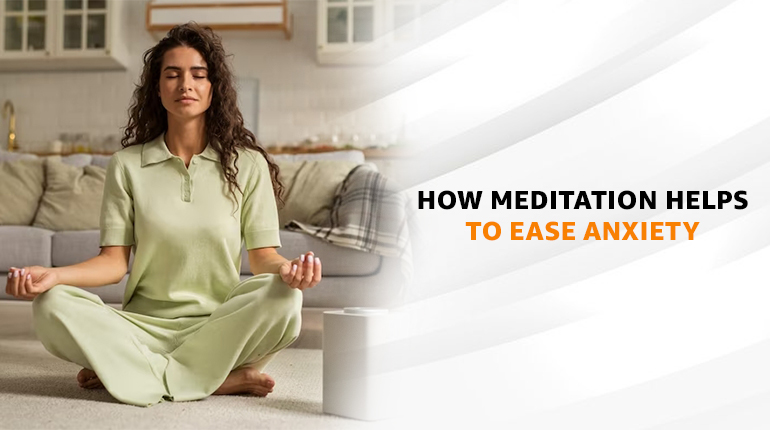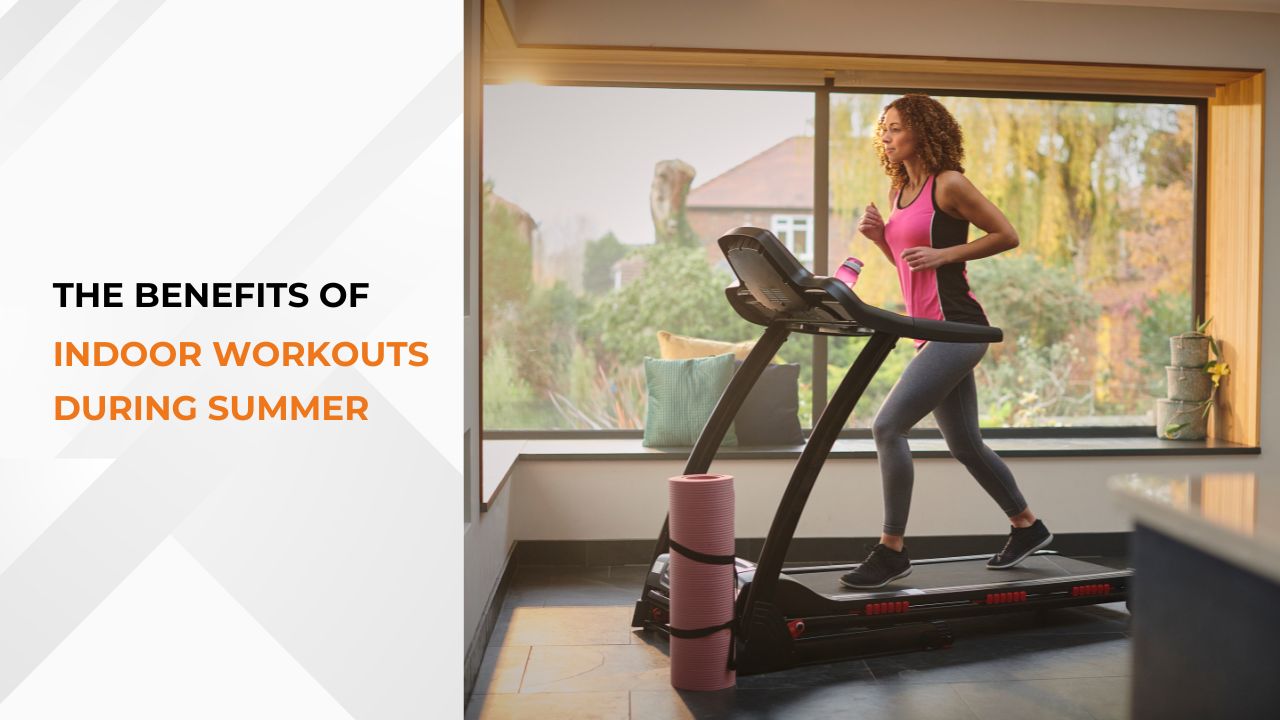How to Meditate for Anxiety: 7 Effective Practices

The demands of work, relationships, and the constant influx of information can leave us feeling overwhelmed and stressed. It’s no wonder that many people are turning to meditation for anxiety relief and as a way to find solace. We’ll explore how guided meditation for anxiety can be a powerful tool to bring peace to your mind and body.
Understanding Anxiety
Anxiety is a natural emotional response characterized by feelings of fear, worry, and physical symptoms like a racing heart. It’s not just a feeling of unease; it can manifest physically as well. Rapid heartbeat, shallow breathing, and muscle tension are some of the bodily responses to anxiety. The mind races with thoughts of what could go wrong, leaving you in a perpetual state of worry.

When anxiety becomes excessive or chronic, it can interfere with daily life and may be linked to anxiety disorders. It can be caused by a combination of genetic, environmental, and psychological factors and is managed through various strategies, including therapy and medication, when necessary.
The Power of Meditation for Anxiety Management
Meditation, in its essence, is about mindfulness and being present in the moment. t’s not about suppressing thoughts, but rather about objectively observing them. This practice can significantly reduce anxiety by addressing its root causes.
When you practice mindfulness regularly, you become more attuned to your thoughts and feelings. You begin to recognize the patterns of your anxiety. Instead of getting swept away by worry, you can step back and observe it. This shift in perspective can be transformative.
Now, here are 7 techniques of meditation for anxiety that you can implement in your daily life to help soothe yourself:
1. Deep Breathing
- Find a quiet space if possible.
- Close your eyes or soften your gaze.
- Inhale a deep breath for a count of four through your nose.
- Hold your breath for four counts.
- Count to six while slowly exhaling through your mouth.
- Repeat this cycle several times.
- Focusing on your breath can quickly calm your nervous system.

2. 5-4-3-2-1 Technique
- Name five things you can observe in your immediate area.
- Count four objects that you can touch or feel.
- Identify three things you can hear.
- Notice two things you can smell.
- Recognize one thing you can taste or the taste in your mouth.
- This sensory exercise helps ground you in the present moment and distracts from anxious thoughts.
3. Box Breathing
- Visualize a square or a box in your mind.
- As you trace one side of the square, inhale for four counts.
- Hold your breath for a count of four as you move along the next side.
- While you trace the third side, exhale till you count to four.
- Pause for a count of four as you complete the square.
- Repeat this pattern a few times.
4. Body Scan
- Scan every part of your body in your mind.
- Notice any areas of tension or discomfort.
- As you breathe, imagine exhaling tension from these areas.
- Release tension and stress with each breath out.
5. Affirmations

- Choose a positive affirmation or mantra, such as “I am calm and in control” or “This too shall pass.”
- Repeat the affirmation quietly to yourself.
- Focus on the positive message, allowing it to replace anxious thoughts.
6. Grounding Exercise
- Find a stable surface to stand or sit on.
- Pay attention to the sensation of your feet touching the ground.
- Press your feet gently into the floor.
- Notice the texture, temperature, and support of the surface.
- This grounding exercise brings your focus to the present moment and can reduce feelings of anxiety.
7. 4-7-8 Breathing
- Sit or stand comfortably.
- Close your eyes if you can.
- Silently inhale through your nose while counting to four in your head.
- For seven counts, hold your breath.
- Count to eight while thoroughly exhaling through your lips.
- Continue this cycle for a minimum of four more times.
- This technique helps reduce anxiety by promoting relaxation.
Remember that consistent practice is the key to effective meditation for anxiety relief. You may find that different techniques resonate with you at different times or in specific situations. Feel free to experiment and discover which meditation exercises work best for your unique needs and preferences. Over time, meditation can become a valuable tool for managing and reducing anxiety.
Foresight
You must realize that meditation is not a quick remedy and requires consistent practice over time to potentially yield results. Some individuals may find it challenging to quiet their minds, especially if they are dealing with severe anxiety or racing thoughts.
Moreover, meditation is not a replacement for professional mental health treatment when needed. It should be viewed as a complementary practice rather than a standalone solution for managing anxiety disorders.
Conclusion

Finally, meditation is an approach that some people explore to alleviate anxiety. It may offer benefits for relaxation and stress reduction, but its effectiveness can vary, and it may not be a suitable option for everyone. Those considering meditation for anxiety management should approach it with realistic expectations and consider seeking guidance from a mental health professional for a comprehensive approach to their mental well-being.
Remember, there’s no one-size-fits-all approach to meditation. It’s essential to find the technique that resonates with you the most. Whether it’s mindful breathing, body scans, loving-kindness, or guided visualizations, the key is to practice regularly and be patient with yourself. Over time, guided meditation can become a valuable tool in managing and reducing anxiety.
Also Read: Unilateral Exercises: Secrets to Building Balanced Strength and Control

